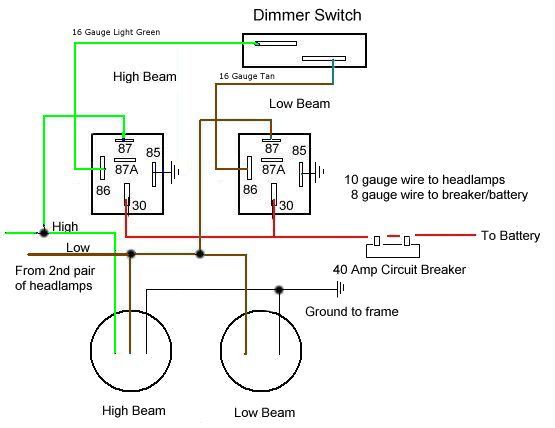It’s a dark Friday evening, Robby and Janice live on opposite ends of the town, Robby and Janice both had a bad day at work, both just want to get away to blow off some steam. Robby and Janice go into their respective garages and fire up their ATV’s.
Janice pushes the power switch to ignite the 8,500 lumen Aurora 10-inch light bar mounted on her ATV’s handlebar. Then Janice hits the throttle and blazes off into the trails with the Aurora light bar slicing through the night, turning the night, into day.
Robby on the other hand, only has a stock halogen headlight mounted on his ATV. Robby presses his headlight switch which dimly illuminates the dark in front of him. Robby slowly drives onto the trails constantly stopping to double check the obstacles in front of him.
Who do you think had the ability to escape from reality and engage in nighttime ATV riding to blow off some steam? If you said Robby, that would be incorrect as Robby’s inadequately lit ATV caused more stress as he wasn’t able to see efficiently navigate the trails. If you said Janice, then you were correct as Janice’s ATV was equipped with sufficient ATV led lighting to navigate the dark trails.
Be Like Janice!
It doesn’t matter if you are the average joe who had a bad day at work, a Professional ATV racer, or a nighttime hunter, having suitable ATV LED lighting is important for navigation and safety. Using Aurora LED light bars as an ATV headlight is easy with Aurora’s simple selection of ATV light bar handlebar mounts. With these Aurora ATV light bar mounts you can install a light bar in minutes to virtually any ATV. These mounts make the installation of your ATV light bar easy thanks to Aurora’s heavy duty and universal design.
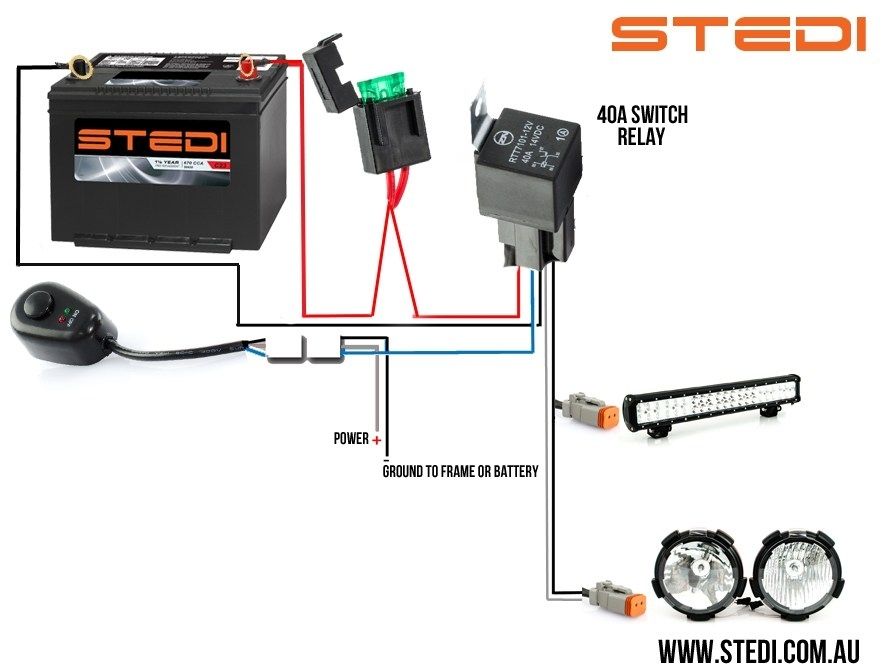
Allows for multiple LED pod lights to be mounting to your ATV. This kit can accommodate any of Aurora’s LED Light pods which includes Aurora's 2 inch ATV LED Pods, 3 inch ATV LED lights and 4 Inch ATV LED light pods.
Aurora has a large selection of 6 inch ATV light bars that can meet your needs. This includes Amber ATV Light bars, Single Row ATV light bars and ATV Dual row light bars.
Aurora offers over 10 different, 10 inch ATV lights bars that are guaranteed to brighten your night time trail riding.
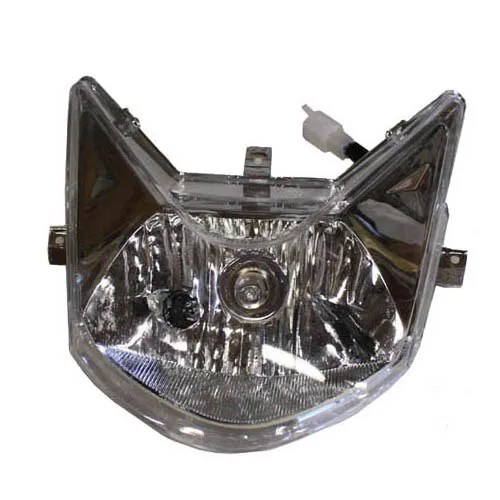
These unique ATV LED light bar Cradle mounts are universal and can mount to almost any surface,
Standard Aurora ATV LED Headlight Tube MountsThese ATV light bar mounts allow you to mount any Aurora light bar to your ATV's tube bumper or roll cage.
Aurora's unique design allows you to mount your LED cube lights to any horizontal tube bar allowing you to achieve lights that are pushed away from the vehicle and not above the vehicle or mounting surface.
Aurora's unique design allows you to mount your LED cube lights to any angled tube bar allowing you to achieve forward facing and leveled lights.
Aurora's unique design allows you to mount your LED cube lights to any vertical tube bar allowing you to achieve lights that are forward facing.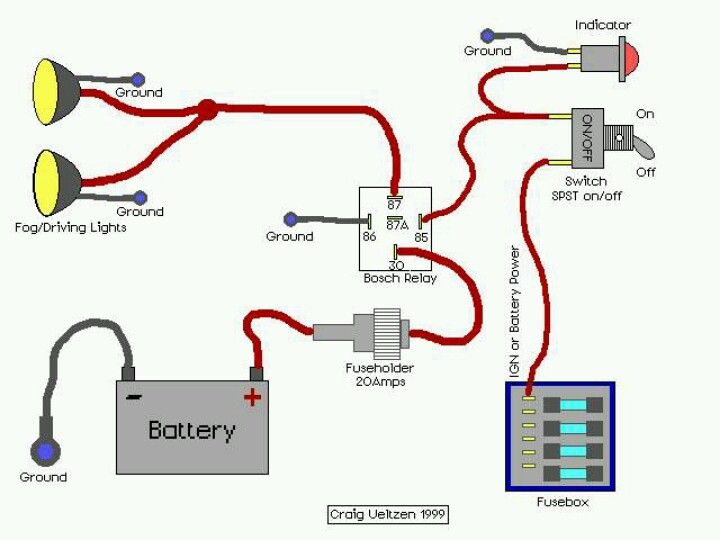
When you have no other alternative to mount an ATV LED Headlight to your ATV, Aurora offers a Magnetic mount kit which can quickly be mounted to your ATV. The other benefit to these ATV light bar mounts is that they are magnetic which means they can easily be removed to prevent theft.
Most headlight systems are straightforward and include a few basic components like the bulbs, a relay, a fuse, and a switch. There are variations on this basic theme, like some vehicles have daytime running lights, adaptive headlights, or other little wrinkles like fog lights, but the idea is still the same. When you turn on your headlights, that switch activates a relay. That relay, in turn, actually provides the electrical connection between your headlight bulbs and the battery. Fuses are also involved in order to provide a sacrificial failure point to protect the rest of the wiring.
When you turn on your headlights, that switch activates a relay. That relay, in turn, actually provides the electrical connection between your headlight bulbs and the battery. Fuses are also involved in order to provide a sacrificial failure point to protect the rest of the wiring.
If any of these components stop working properly, your headlights will fail. And by looking at the way they failed, you can usually backtrack to figure out the best place to start troubleshooting.
When headlights stop working, it's either an electrical problem or a physical issue with the bulbs themselves. In order to get to the bottom of the situation as quickly as possible, it's important to make note of exactly what type of failure you have experienced. Based on which bulbs have stopped working, and under what circumstances, you can use the following information to narrow down a solution:
This is usually caused by a burned out bulb. You can Replace the bulb. If it still doesn't work, suspect a wiring or fuse problem.
If it still doesn't work, suspect a wiring or fuse problem.
It’s safe to say this is cause by either burned out bulbs, or an issue with power or ground. Check for power and ground, and fix if necessary. Otherwise, replace the bulbs. Bulbs usually don’t burn out together, but it’s still important to rule that out by checking for power. Most total headlight failures are caused by a bad component like a fuse, relay, or module. Wiring problems can also cause both headlights to stop working.
High beam headlights don’t work or low beams don’t work
A burned out bulb, or a problem with the high beam switch or relay can be the culprit here. You’ll need to replace the bulb, switch, or relay. If just one bulb fails to work in either high beam mode or low beam mode, it may be the bulb. Most headlight failures that are limited to just high or low beams are related to a relay or the high beam control switch.
This could be an issue with foggy lenses, worn out bulbs, or a charging system issue.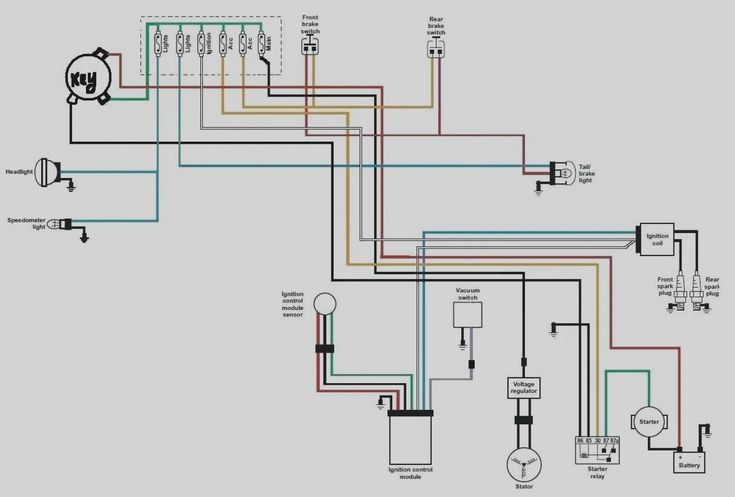 Clean the lenses, replace the bulbs, or repair the charging system. If your headlights always seem dim, the problem could be foggy lenses or worn out bulbs. If your headlights seem to dim during specific circumstances, there may be a charging system issue.
Clean the lenses, replace the bulbs, or repair the charging system. If your headlights always seem dim, the problem could be foggy lenses or worn out bulbs. If your headlights seem to dim during specific circumstances, there may be a charging system issue.
Fixing a burned-out headlight is usually an easy job, but there are cases where you may want to bring your car straight to State Street Auto Repair. If you don't own some basic tools and diagnostic equipment, like screwdrivers and a voltmeter, then you may want to think about bringing your car to a professional. We are here to help answer all your headlight questions and make sure your headlights are working properly, shining brightly, and keeping you safe!
Ask Roger Anything: What to do About Cloudy Headlights?
We do not insist on strict observance of our recommendations, they only give an idea of the most correct location of certain types of headlights.
For convenience and clarity, we indicate the position of the headlight with the corresponding number. In each option, you can see a photo, comparing the luminous efficiency of the proposed options.
| Head light | Additional work light | Additional high beam | Reversing light |
Standard head light
As a rule, standard headlights installed by the manufacturer do not shine with their characteristics and in most cases do not allow comfortable ATV operation at night. nine0003
Owners are trying to improve the efficiency of standard headlights by installing xenon lamps, but a significant increase in illumination does not occur due to the inability of the headlamp optical system to distribute the entire brightness of the xenon lamp to the required area. Since the formed bright and overexposed spot does not allow viewing the elements of the road beyond it due to the glare effect.
Since the formed bright and overexposed spot does not allow viewing the elements of the road beyond it due to the glare effect.
Our recommendation is to leave the factory headlights unchanged.
Auxiliary Work Light
The specifications and operating conditions of your ATV determine your lighting needs. And the safety and comfort of your travels depend on how carefully and correctly the headlights are selected.
As a general rule, the operating conditions of an ATV are similar to those of an off-road vehicle, so the principle of headlight selection should be the same.
We talked about errors when choosing headlights in this article.
It is also necessary to take into account that the ATV is much lower than the SUV. Consequently, not all types of headlights suitable for large vehicles will work properly on an ATV. Based on the foregoing, we recommend that you select only certain models of work lights that are best suited for ATV lighting. nine0033
nine0033
Option #1. Module 70 FF Close Range (FF, h4)
Compact, inexpensive work light with FF reflector and clear glass, h4 lamp 55W or 35W. Illuminates an area up to 500 sq.m from a small height. In order to save generator power, 35W lamps can be installed. When choosing headlights, it is necessary to take into account the type of fastening, because. Headlights are supplied in two versions, mounted and suspended.
With the design possibility of the front of the ATV, you can install an analogue of this headlight with a mortise housing, which will provide them with greater security. nine0033
Option #2. Module 70 FF Close Range (FF, H9)
Similar to previous headlight, fully sealed, comes with new H9 bulb 45% brighter. The design feature of the headlight allows you to install an H9 xenon lamp and further increase the range and brightness of the illumination. The lighting area with a halogen lamp is more than 700 sq.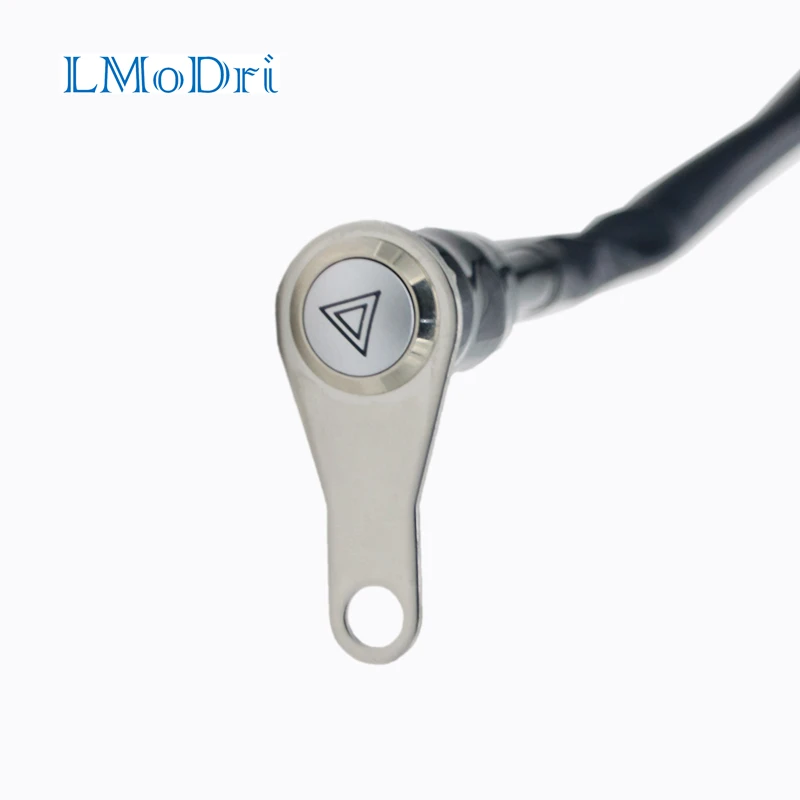 m.
m.
When choosing headlights, it is necessary to take into account the type of fastening, because. Headlights are supplied in two versions, mounted and suspended. nine0003
With the design possibility of the front of the ATV, you can install an analogue of this headlight with a mortise housing, which will provide them with greater security.
Option #3. Ultra Beam Ground illumination (FF, H9)
Specialized work light for ground illumination with a very wide and bright beam. The headlight beam has a wide light distribution in the horizontal plane and a clear cut-off line. A headlight with such characteristics of the light beam does not dazzle a person performing work next to the equipment. The headlight is completely sealed! Lighting area ~1300 sq.m. nine0003
Option #4. Oval 100 Ground illumination (FF, H9)
Oval 100 is similar to Ultra Beam Ground illumination, but has a much larger beam width and slightly lower intensity. This headlight is also completely sealed!
This headlight is also completely sealed!
Option #5. Power Beam 3000 Close Range (LED)
The Power Beam 3000 LED work light is fundamentally different from LED headlights from other manufacturers, the ability to illuminate a huge area evenly without sharp contrasts and brightness drops. nine0003
Since the headlight was originally developed for mining applications, it easily withstands all the hardships and hardships of off-road service. The headlight electronics are protected by a metal case, and the glass is made of a special polymer that cannot be broken even with a hammer. The light source is sixteen LEDs protected by a thermal controller, when the permissible temperature on the chip is exceeded, the controller smoothly lowers the current to prevent overheating and failure of the LED. nine0003
The headlamp is designed for the most severe conditions and withstands extreme temperature changes, vibration, hot water directional pressure, dust chamber, alkaline and acid solutions.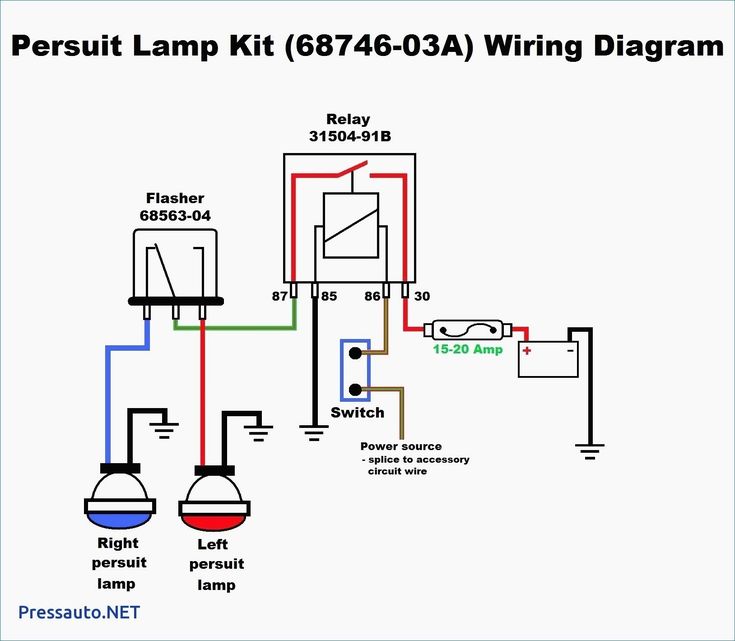
Option #6. AS 5000 Close Range (LED)
The AS 5000 LED work light, like the PB 3000, is fundamentally different from LED headlights from other manufacturers, the ability to illuminate a huge area evenly without sharp contrasts and brightness drops. This is clearly seen in the photo, where one headlight is turned on. nine0003
The AS 5000 is identical to the PB 3000 in terms of protection, as this headlight is also designed for mining.
To tell the truth, we think that using the AS 5000 on a quad bike is already too much... But, for speed and light maniacs, this headlight is a must.
Auxiliary high beam
When driving at low speeds, up to 30 km/h additional work lights will be enough for you. But, with an increase in speed, there is a need to further look at the road and detect sudden obstacles in advance that require a reduction in speed or a complete stop. nine0003
The time it takes the vehicle to stop from the moment the driver detects an obstacle is the sum of the driver's reaction time (0.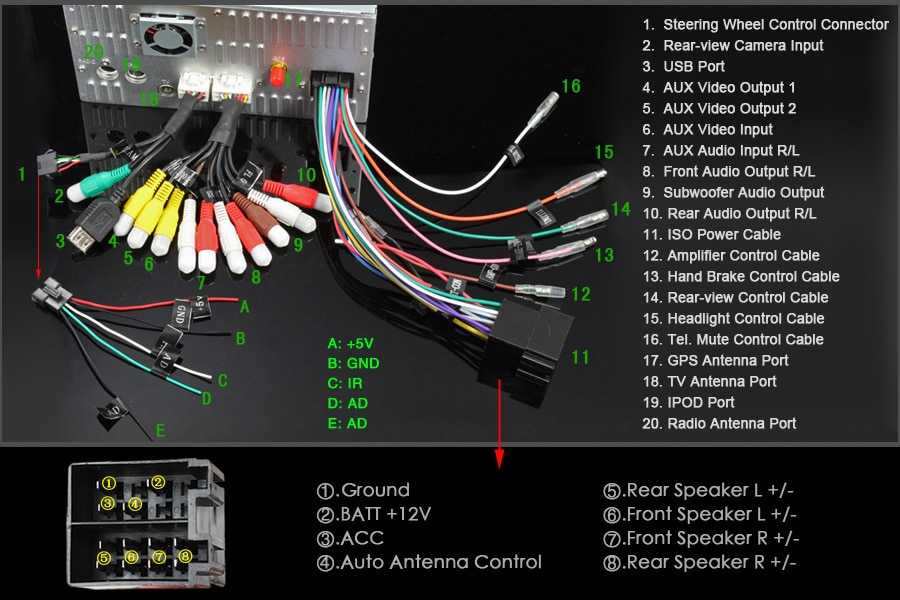 2 - 1 s), the brake system response time (0.2 - 0.5 s) and the time of deceleration to a complete stop.
2 - 1 s), the brake system response time (0.2 - 0.5 s) and the time of deceleration to a complete stop.
For example: at a speed of 40 km/h (11.1 m/s), the vehicle travels 4.4 m before coming to a complete stop. nine0033 - at a speed of 20 km/h or 5.5 m/s, the required beam range is 27.5 meters
- at a speed of 30 km/h or 8.3 m/s, the required beam range is 41.5 meters
- at a speed of 60 km/h or 16.7 m/s, the required beam range is 83.5 meters
- at a speed of 100 km/h or 27.8 m/s, the required beam distance is 139 meters
Based on this, we recommend full high beam headlamps. But, the specifics of operation imposes its own requirements on these headlights, they must be maximally protected from external influences, have a small weight and size. nine0003
Having set such strict conditions, let's try to find several options.
Option #1. Module 70 FF Long Range (FF, H9)
Despite the fact that the proposed headlight belongs to the working light headlights, it has a fairly elongated beam with a range of 110-120 meters with a width of 20 meters.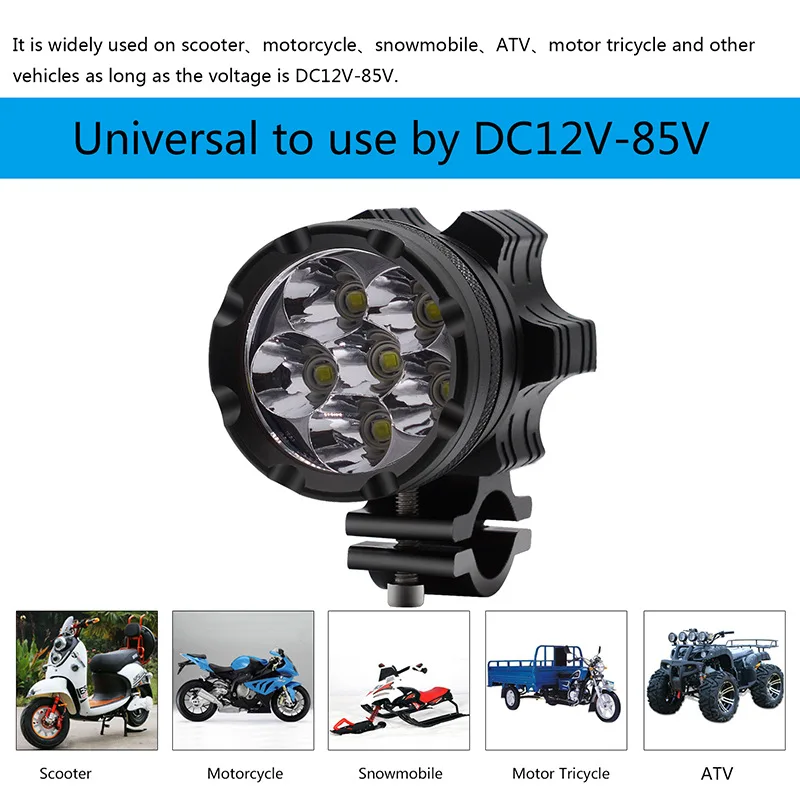 At the same time, the headlight illuminates vertical obstacles well, which improves overall visibility in the forest.
At the same time, the headlight illuminates vertical obstacles well, which improves overall visibility in the forest.
The headlight is completely sealed and allows you to install a H9 xenon lampand further increase the range and brightness of illumination. When choosing headlights, it is necessary to take into account the type of fastening, because. Headlights are supplied in two versions, mounted and suspended.
With the design possibility of the front of the ATV, you can install an analogue of this headlight with a mortise housing, which will provide them with greater security.
Option #2. Power Beam 3000 Long Range (LED)
The fundamental difference between this headlight and the PB 3000 Close Range is an elongated beam that can illuminate an obstacle at a distance of more than 200 meters. At the same time, the headlight maintains uniformity of illumination. nine0003
This headlight model also withstands harsh environments with ease and withstands extreme temperature changes, vibration, hot water directional pressure, dust chamber, alkaline and acid solutions.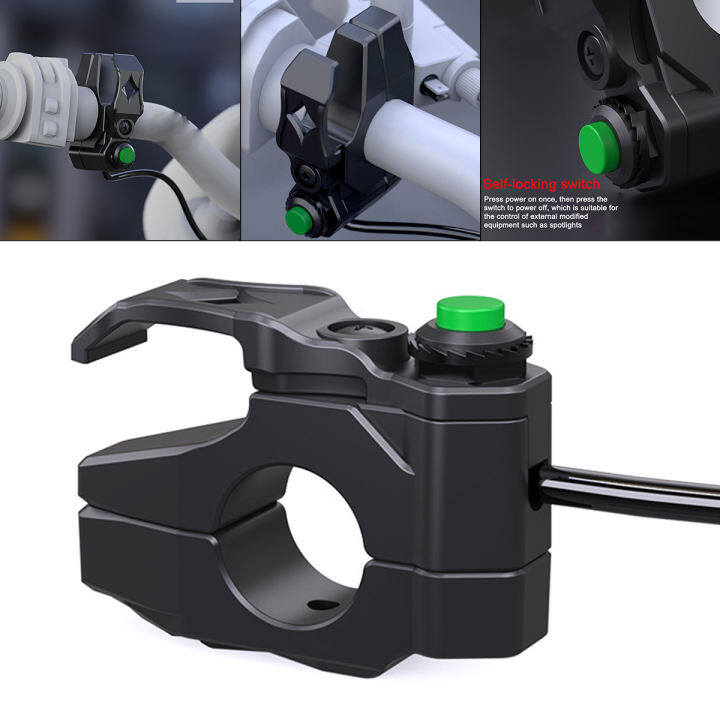
Author: Andrey Artamonov
Photos and drawings: www.off-road-light.ru and Hella KGaA Hueck & Co.
3. ATV construction
Warning
Using the engine stop switch while the throttle is open (full throttle) can result in loss of control resulting in serious injury or death. Do not operate the switch while the throttle is open.
Speed increase is normally limited when 4WD-LOCK is on. If driving conditions require more engine power when traveling forward, press and hold this switch while the limiting 4WDLOCK mode is in effect. While this switch is pressed, the power indicator will be on. nine0003
The light switch has three positions.
The position turns on the headlight, front and rear position lights, instrument panel lights.
Position includes front and rear marker lights, instrument panel lights.
Position - turns on the headlight, front and rear position lights, instrument panel lights.
The switch in position turns on the left turn indicator and the left turn indicator. The switch in position turns on the right turn indicator and the right turn indicator. nine0003
Horn button.
Button in position switches on the high beam. The button in the position turns on the dipped beam.
This button starts the engine.
WARNING
Do not keep the headlight on for more than 3 minutes with the engine off. The battery may be discharged to its low limit and the engine starter may not be able to start the engine normally. If this happens, charge the battery or replace it. nine0185
The front brake lever (1) is located on the right side of the handlebar. Pressing the lever against the handlebar activates the front brake.
The rear brake pedal is located on the right side of the engine, the parking brake lever is located on the left side of the steering wheel. To activate the parking brake, press the rear brake pedal down and press the parking brake lever against the steering wheel - the rear brake will be activated.
CAUTION
Always check the operation of the brakes and the brake fluid level in the master cylinder before driving. Squeezing the brake lever, you should feel the stop. Lack of stop indicates a possible leak or low level of brake fluid in the master cylinder, which should be corrected before driving. Contact the service center for proper diagnosis, adjustment and repair of the brakes. nine0185
Check the brake fluid level. When the brake fluid level is at the bottom line, the brake becomes ineffective, in this case, add the same type of brake fluid.
WARNING
An overfilled brake master cylinder expansion tank can cause the brake to lock up, resulting in serious injury or death when driving.
Maintain brake fluid at the recommended level. Do not overfill the expansion tank. nine0185
When you stop and turn off the engine, you must move the gear lever to the "P" position.
Warning
Driving the ATV while the parking brake is applied could result in an accident and serious injury or death.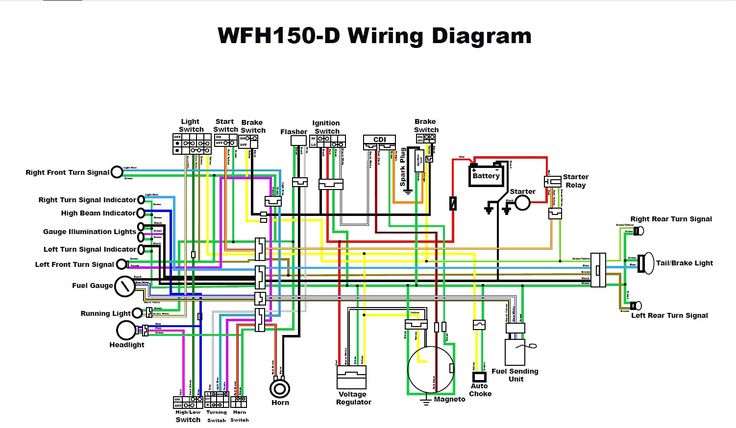 Always check that the parking brake is released (disengaged) before driving.
Always check that the parking brake is released (disengaged) before driving.
Caution
Never store or use used brake fluid. Brake fluid is hygroscopic and quickly absorbs moisture from the air. Moisture lowers the operating temperature of the brake fluid, which can lead to early wear of brake parts, increasing the chance of an accident or a serious accident. After opening a bottle of brake fluid, always discard the unused part. nine0185
The fuel cap (1) is located directly below the steering wheel. Remove the fuel filler cap by turning it counterclockwise. To reinstall the fuel tank cap, turn it clockwise.
Caution
Gasoline is highly flammable and explosive under certain conditions.
Always take special precautions when handling gasoline.
Always refuel with the engine off, outdoors or in a well ventilated area. nine0033 Never fill the tank from a plastic canister if it is on the trunk.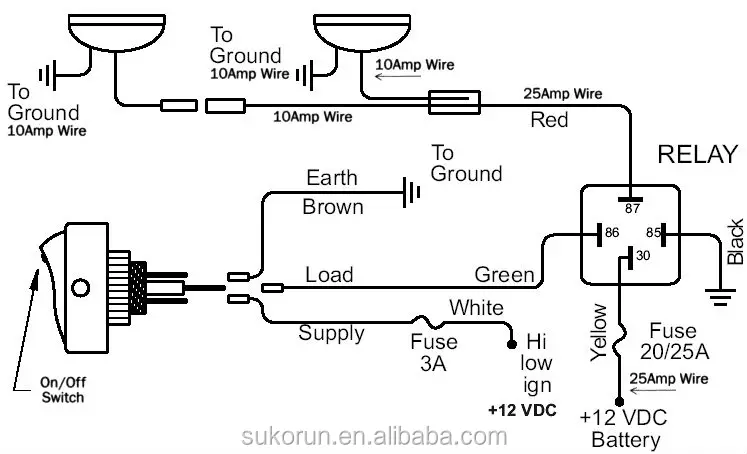 Static electricity between the trunk and the can can cause a spark.
Static electricity between the trunk and the can can cause a spark.
Do not smoke or allow open flames or sparks in the area where gasoline is poured or stored.
Do not overfill tank. Do not fill the tank above the neck.
If gasoline is spilled on your skin or clothing, immediately wash the area with soap and water and change clothing.
Never start the engine or drive indoors. The engine emits toxic substances in the exhaust gases, inhalation of which can lead to loss of consciousness or death in a short time. nine0185
The gear selector (1) is located on the left side of the vehicle.
L: Reducing speed.
H: Overspeed.
N: Neutral gear.
R: Reverse.
R: Parking.
Before you reverse or park, you must first depress the brake lever or rear brake pedal to apply the brakes. When you engage reverse or park, you must use the rear brake lever or pedal. nine0003
Caution
Apply the rear brake before engaging reverse gear or parking. Whenever the ATV is left unattended, place the gear lever in the park position.
Whenever the ATV is left unattended, place the gear lever in the park position.
To prolong belt life, use a low gear in situations where high loads are used when driving at speeds less than 10 km per hour for an extended period of time.
If the vehicle needs to be towed, shift the shift lever to neutral for better mobility and to prevent damage to the drive belt. nine0003
If the battery is empty and cannot start the engine, use the manual starter (1). It allows the vehicle engine
to be started until the battery has been charged. The manual starter is located on the left side of the engine. The engine is equipped with an automatic decompressor. This makes it possible to start the engine from a manual starter at low compression. The decompressor is set up so that when the engine spins fast enough, the compression is restored to its original value. nine0003
Position the vehicle on a level surface, shift the gear to the Park position.
Grip the starter rope handle firmly and pull the starter mechanism lightly.
Pull the cord sharply towards you to start the engine.
CAUTION
Pulling the starter cord too far can damage the starter recoil mechanism. Do not pull out the starter cord all the way.
If the starter handle is not seated properly, moisture can enter the starter mechanism and damage it. Make sure the handle is fully seated, especially when riding in wet conditions. nine0185
This ATV is equipped with a four wheel drive 2WD/4WD switch (1) and a front differential lock L0CK/4WD switch (2). Select the appropriate drive according to the local conditions.
Two wheel drive (2WD): Power is sent to the rear wheels only.
Four wheel drive (4WD): power is sent to the rear and front wheels.
Four-wheel drive with front differential lock (4WD-LOCK): torque is transmitted to the rear and front wheels, the front differential is locked (DIFF.LOCK). When 4WD-LOCK mode is selected, all wheels rotate at the same speed. nine0003
nine0003
To switch from 2WD to 4WD, stop the ATV and then move the switch to 4WD. When the ATV is in 4WD mode, the indicator on the instrument panel is on
To change from 4WD to 2WD mode, stop the ATV, make sure the switch lever (1) is in position (a), and then move the switch to position (b) - 2WD.
To lock the differential in the 4WD position, make sure the 4WD switch is in the 4WD position: stop the ATV, move the lever (2) to position (b) and then move the switch to the LOCK position. When the front wheels are locked, the indicator (DIFF.LOCK) will turn on along with the indicator on the instrument panel. To lock the front wheels, stop the ATV and move the switch to the 4WD position. nine0003
Note:
When the switch is in the LOCK position, the front differential indicator will be on while the lock is in effect.
When the indicator is flashing, turning the steering wheel left and right can damage the front differential lock mechanism.
Before driving, check that the front differential is properly locked (ie when the indicator light is on). In this case, the engine speed will be limited as long as the blocking is in effect. nine0003
When the ATV is in 4WD-LOCK mode, the maximum speed is limited to 35 km/h (22 mph).
However, if conditions call for full power in 4WD-LOCK mode, press and hold the speed limiter switch.
When the engine is running, moving the throttle lever increases the engine speed. The speed of the machine is controlled by changing the position of the throttle lever. Since the throttle lever has a return spring, the machine will slow down and the engine RPM will drop to "idle" at any time the hand is removed from the throttle lever. Before starting the engine, check the throttle lever to make sure it operates smoothly. Make sure the throttle lever returns to its original position as soon as the lever is released. nine0003
Note:
Check the throttle lever for proper operation before you start the engine. If it does not work smoothly, find the reason. Fix the problem before riding the ATV.
If it does not work smoothly, find the reason. Fix the problem before riding the ATV.
The speed limiter keeps the throttle lever from fully open, even when the lever is pushed to its maximum. By changing the position of the screw (2) in the nut (1), you can adjust (limit) the maximum engine power and the maximum speed of the ATV.
Note:
Do not turn the adjustment screw more than 12 mm. Make sure the throttle lever free play is adjusted to 3-5mm.
Turning the ignition key (1) to the ON position means that the engine can be started and the headlight, front position lamp and tail lamp can be switched on. It is not possible to remove the ignition key in this position.
With the ignition key in the OFF position, all electrical consumers are switched off. The key can be retrieved. nine0003
1. Wheel drive indicator.
- The indicator shows that the 2WD/4WD wheel drive switch is in the 4WD position.
- Differential lock indicator DIFF. LOCK indicates 4WD with front wheel lock when the switch is in the LOCK position - 4WD.
LOCK indicates 4WD with front wheel lock when the switch is in the LOCK position - 4WD.
2. Left turn indicator.
3. Low speed indicator "L".
4. Overspeed indicator "H".
5. Neutral indicator "N". nine0003
6. Reverse indicator "R".
7. Parking indicator "P".
8. Right turn indicator.
9. Alarm indicator.
10. High beam indicator.
NOTE:
Due to the front differential timing mechanism, the four wheel drive indicator may not show until the ATV is moving. NOTE:
If the indicator flashes or the speedometer does not show speed while driving, have the Service Center check the speed sensor circuits. nine0185
1. Temperature indicator
When the temperature indicator is in the white area of sector C, it means that the temperature is normal. The red area of the H side indicates that the temperature is high. In this case, please stop the engine until the coolant temperature drops.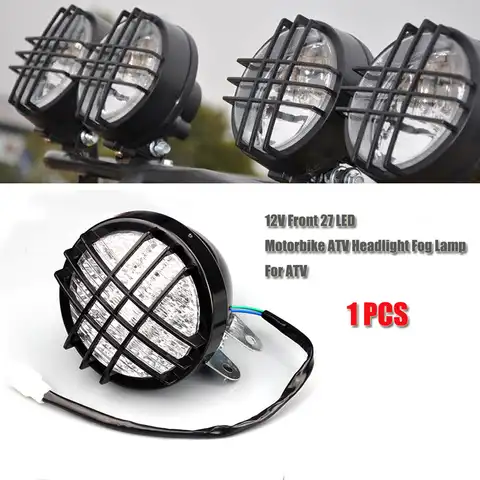 If the temperature is frequently high, check the coolant for completeness or consult an Authorized Dealer.
If the temperature is frequently high, check the coolant for completeness or consult an Authorized Dealer.
2. The speedometer shows the speed of movements. nine0003
3. The odometer shows the total driving distance.
4. The fuel gauge shows the remaining amount of gasoline in the fuel tank. "F" indicates that the total amount of fuel in the tank is 19.5 liters. When the indicator reaches the first point of the red mark, the fuel must be refilled as soon as possible. The red mark indicates that there is only 4 liters of fuel left in the tank.
Caution
Overloading the ATV can cause the engine to overheat. If this happens, it is necessary to reduce the load to the required value according to the specification. After starting the engine, check that the temperature indicator shows the temperature in the white area of the C side. Continued use of the machine while the temperature indicator is in the red area of the H side may damage the engine. nine0185
nine0185
The break-in period for a new ATV is the first twenty-five hours of engine operation, which is about four full tanks of gas. The break-in period is the most important of the ATV's lifetime. Careful and careful handling of a new engine during the break-in period will allow you to get more engine power and extend its life in the future. Perform the following procedures carefully.
Note:
Excessive heat during the first three hours of operation can damage the friction parts of the machine. Do not operate at full throttle or at high speed for the first three hours of use. The use of any other oils that do not meet the recommended ones may cause serious damage to the machine. It is recommended to use synthetic or semi-synthetic oil for four-stroke engines. nine0185
Fill the fuel tank with petrol.
Check the engine oil level with a dipstick. Add synthetic oil if necessary to keep the oil level between the minimum and maximum level marks.
Move slowly at first. Choose an open area that will allow you to become familiar with the controls and be confident in your movements.
Vary throttle lever positions. Do not let the engine idle for a long time. nine0003
Regularly check the level of fluids, controls and visual inspection, in accordance with the daily inspection list.
Only tow light loads.
During the break-in period, change the oil and filter at the same time after 25 hours or one month.
Caution
If proper inspection is not done, serious injury or death may occur on the trip. Always inspect the vehicle before each use to ensure it is in working condition. nine0185
| Verification before travel | |
| Object Object | Content of the inspection | Brakes/Movement | Brake |
| Front suspension | Inspection, if necessary, lubrication |
| Rear suspension | Inspection, if necessary, lubrication | Steering | Free control, without backlash and creaks | Tires | Statement and pressure check |
| wheels/fasteners | Statement guaranteed compounds |
| Rama nuts, bolts and clips of the condition, guaranteed tightening of the compounds | |
| The level of coolant | Provision of the correct level |
| Supervision system hoses | Sealance |
| throttle | |
| Indicators and switches0012 | Vacation Check |
| Air filter, filtering element | Status check, cleaning |
| Vermandity of pipelines | |
| Front headlight | . 0012 0012 |
| turns indicators/rear flashlight | Check functioning |
| Clothing for a trip | helmet, protective clothing, protective clothing |
attention
At the movement of the engine can cause damage immediately after the engine. Warm up the engine for several minutes before driving the vehicle. nine0033 Depress the rear brake pedal.
Turn the ignition key to the ON position.
Move the speed lever from Neutral to Park. Note:
When the shift lever is in Neutral or Park and the light is off, the electrical wiring must be inspected.
The engine can be started in any gear if the rear brake pedal is depressed. However, it is recommended that the speed lever be moved to the Neutral or Park position before starting the engine. nine0185
Use the cold start lever as shown in the figure:
Position (1): Starting a cold engine with an ambient temperature below 5°C.
Position (2): Starting a cold engine with an ambient temperature of 0°C -30°C and a warm state.
Position (3): Starting a cold engine with an ambient temperature of more than 25°C and a warm state of the engine at the time of starting.
Throttle lever fully released and engine started by pressing the electric starter button. nine0003
Note:
If the engine does not start, release the start button, turn it on again. Pause for a few seconds before trying again. Each rotation should be as short as possible to conserve battery power. Do not rotate the starter for more than 10 seconds on each attempt.
If the battery is dead, start the engine using the recoil starter.
If the engine is started with the throttle lever in position (1), the lever must be moved to position (2) after starting to warm up the engine. If the engine starts in position (2), keep the lever in this position until the engine has warmed up. nine0003
nine0003
The engine must be warmed up until the engine speed reaches the "idle" level, and only then return the throttle lever to position (3) before driving.
The throttle lever is not used for a hot engine. The throttle should be slightly open.
Switching from neutral to high and from high to low.
Note:
Make sure the speed lever is fully moved to the desired position. nine0185
Gently depress the throttle to drive.
Shift from neutral to reverse, from reverse to park.
Note:
The speed lever cannot be moved to Reverse (R) or Park (P) without applying the rear brake.
1. Stop the machine completely and move the throttle lever to the closed position.
Depress the rear brake pedal.
2. Move the speed lever from neutral to reverse (R) or from reverse (R) to park (P). Move the speed stick according to the rules. nine0003
Note:
When reverse gear is engaged, the reverse indicator must be on.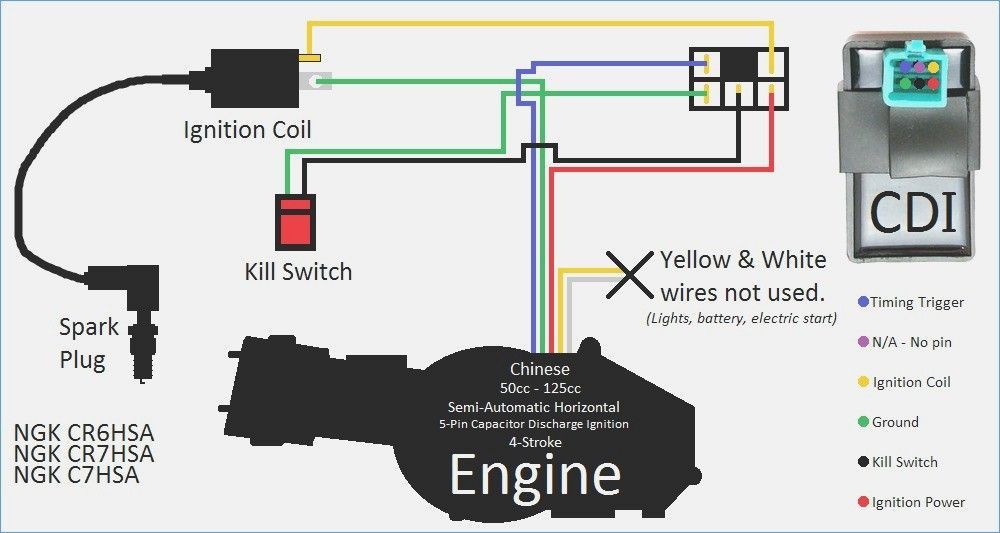 If the indicator does not light, you need to inspect the electrical circuits of the indicators.
If the indicator does not light, you need to inspect the electrical circuits of the indicators.
Due to the timing mechanism in the engine, the indicator light may not come on until the ATV is moving.
Check for people or obstacles behind, then release the rear brake pedal.
Slowly push the throttle lever and keep watching while moving backwards. nine0003
Caution
When you engage Reverse, make sure there are no obstacles or people behind you. If there is any danger, move back slowly.
Caution
Overloading the vehicle or improperly towing a load can affect vehicle handling and may result in loss of control.
Always follow the shipping warnings:
- Never exceed the load capacity for this vehicle. nine0003
- Reduce speed and keep a longer distance when braking.
- When driving over rough or rough terrain, reduce speed and load to ensure stable and stable driving conditions.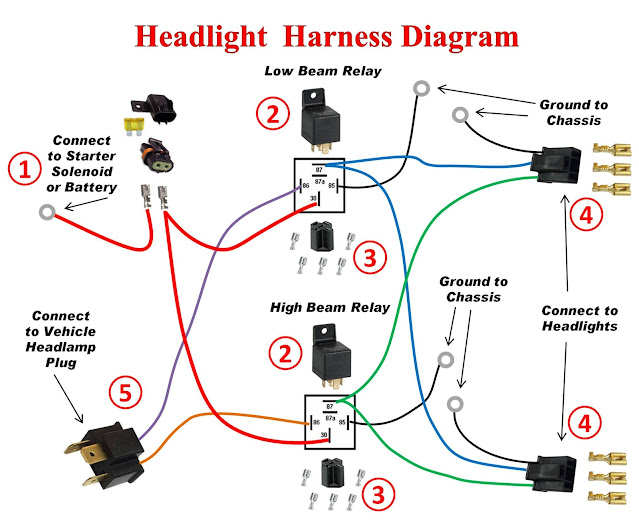
On the rear rack, the load should be placed as close to the front as possible and as low as possible. Carrying a high load raises the center of gravity, which in turn reduces the stability of the vehicle. Reduce the load weight when the load is high. Additional precautions must be observed when transporting a load with a displaced center of gravity that is not centered. nine0003
Attention
All cargo must be secured before the trip!
Loose loads can shift and create unstable operating conditions, which can result in loss of machine control. Make sure the rear rack is not overloaded.
Caution
Warning about certain loads must be observed!
When you drive with a load protruding from the luggage compartment, the machine's stability and maneuverability may be limited and the machine may roll over as a result. nine0003
Caution
Carrying cargo only on the front or rear rack can change the balance of the machine and increase the chance of a rollover.